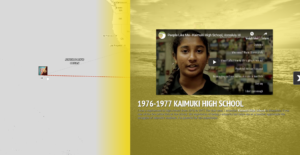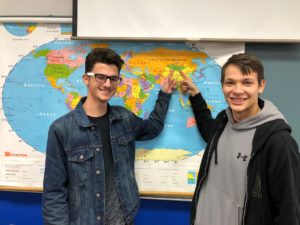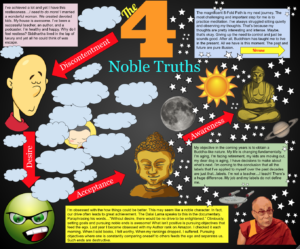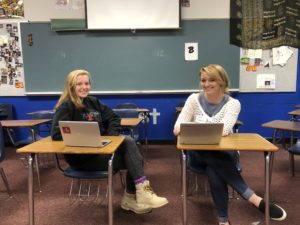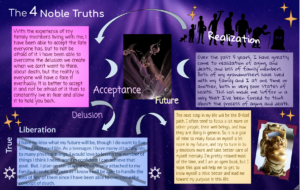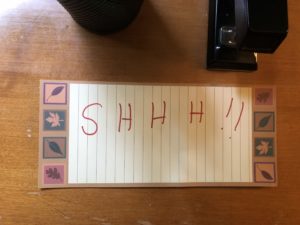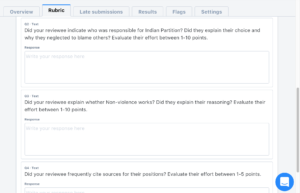Do you have a class that you probably should get a little extra in the paycheck for coping with on a daily basis? Do you have students who dominate your thoughts…and not in a good way, when you’re away from school? Do you catch yourself having imaginary confrontations with certain kids? Do you have a class that causes you great anxiety as they roll through the door each morning? If you do, join the club.
I had such a class last semester. I was wondering, Do I still have it? So, I set to work bonding with these challenging kids. This episode will describe my approach. What I love about this episode, is that all my suggestions are totally in the teacher’s control. You’re not reliant on student compliance in order to implement these strategies. My hope is that over time your calm, consistent, and persistent efforts will be rewarded. Give my ideas a try. I have confidence in your success!
Here are my five hacks:
- Work on Approachability
- Anticipate Problems
- Don’t Take the Bait
- Build a Relationship
- Practice Empathy
Episode Template
The Problem:
Certain students can be total disruptors.
The Solution:
Apply the five hacks outlined in this episode.
What you can do Tomorrow:
- Make a list of students, or entire classes, that you need to forge a better relationship with.
- Systematically apply the five hacks outlined in this episode.
- Practice patience. Forging relationships with standoffish students takes time.
- Corral your ego. It can be a major obstacle to progress.
Bonding with challenging students could be magical for them. You could be the adult advocate that they desperately need!
Listen to “113- Five Hacks for Bonding with REALLY, REALLY Challenging Kids…or, a Cure for Teacher Insomnia” on Spreaker.



